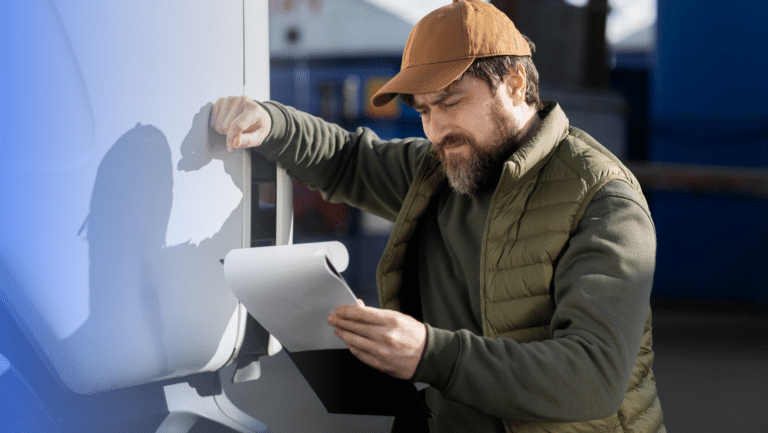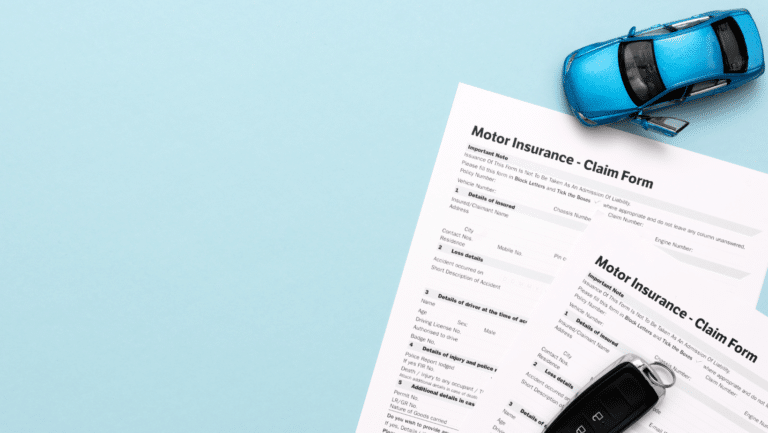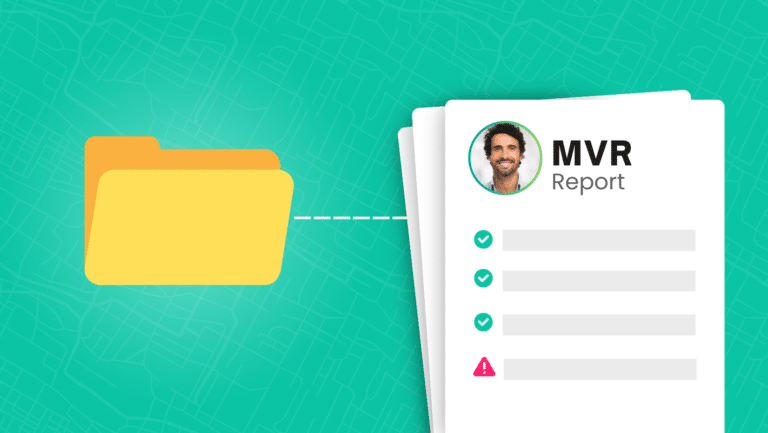Non-Owned Auto Usage: 3 Risks Revealed
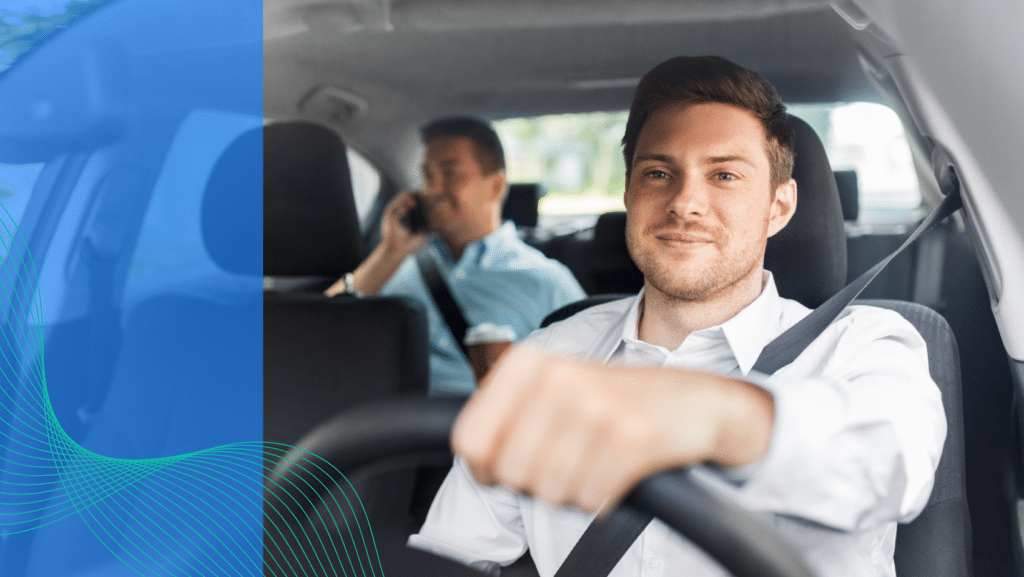
In today’s business landscape, many organizations rely on employees using their personal vehicles for work-related tasks. Whether it’s making client visits, attending meetings, or running errands, the safety and liability concerns associated with employees driving their own vehicles cannot be ignored.
In this blog, we’ll reveal 3 hidden risks associated with non-own auto usage.
Overlooked group of drivers
There are about 30-40 million drivers who run errands for their employers using their own vehicles. This group of drivers represents one of the single most at-risk groups in business. Employers tend to overlook these employees as driving may not be part of their regular job responsibilities.
To assess whether your company could potentially face non-owned auto liability, consider asking yourself these questions:
- Extent of Vehicle Use: Are your employees using their own vehicles to visit clients, attend meetings, or perform tasks associated with their job roles? Be aware that every time an employee operates a vehicle for work purposes, your company could face potential liability.
- Routine Errands: Do you occasionally send employees to pick up lunch or drop off mail? Even mundane tasks, when performed during work hours, fall under the scope of work-related activities and can consequently trigger non-owned auto liability.
- Business Travel: Do your employees have to rent a vehicle while on a business trip? Activities related to business travel, even if temporary, still pose potential risks that your organization needs to acknowledge and address.
Non-owned auto risk #1: Driver history
To ensure safe and compliant driving, companies that employ CDL and Non-CDL drivers require them first to undergo a series of safety measures and procedures. This typically involves conducting background checks, including Motor Vehicle Record checks, CDLIS reports, PSP reports, and drug and alcohol testing. These steps are in place to carefully assess whether an employee is eligible and capable of operating a vehicle. Moreover, these drivers get clear guidance on their responsibilities. They become acquainted with the company’s safety policy, receive ongoing training, and are enrolled in an MVR Monitoring program to detect new violations.
On the other side, non-owned drivers are often overlooked when it comes to implementing safety procedures. In most cases, background checks are skipped, missing out on potential red flags like traffic violations or accidents.
When compared to CMV drivers, non-owned drivers are mistakenly perceived as “low risk.” This is based on the assumption that the more time they spend on the road the higher the likelihood of incidents occurring. Despite this, employers hold responsibility for any employee driving on behalf of their organization. This applies regardless of whether the vehicle is owned by the company or if it is the employee’s personal vehicle.
When thinking about your “fleet,” consider counting anyone driving for you. Employers can be held liable if they were aware of or could have easily uncovered a pattern of reckless behavior. (Read: How does your company control non-owned auto liability exposure). Regardless of the time they spend on the road, non-owned drivers must be supervised and trained as any other driver or employee.
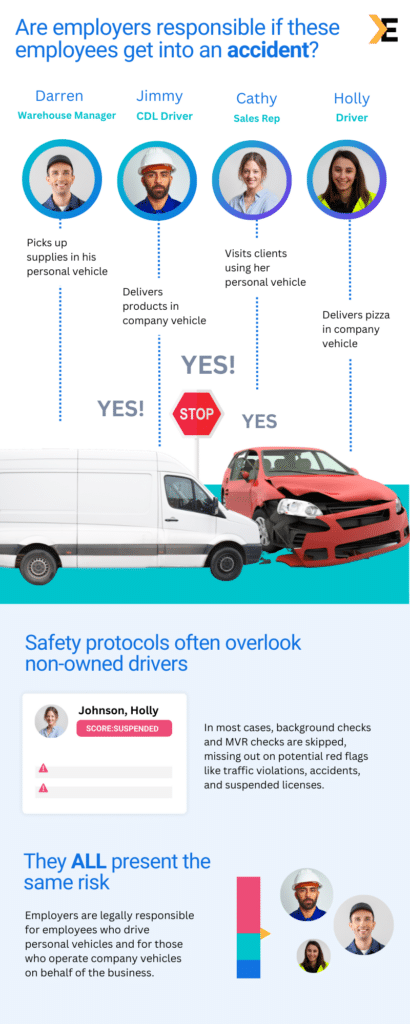
Non-owned auto risk #2: Vehicle condition
Vehicle health and maintenance is an important component of any driver safety program. Unlike company-owned fleet vehicles, where the organization has direct control over maintenance and safety standards, personal vehicles operated by employees can present challenges in terms of oversight and risk management.
A study by Utires found that roughly 92 percent of car owners admitted to putting off a car care task longer than they should.
When employees use their own vehicles, companies have less control over routine maintenance, vehicle condition, and safety features. Regular maintenance, including checks on brakes, tires, lights, and other safety-critical components, might not receive the same level of attention as it would in a company-owned vehicle. This lack of consistent maintenance could lead to increased chances of vehicle malfunctions or accidents.
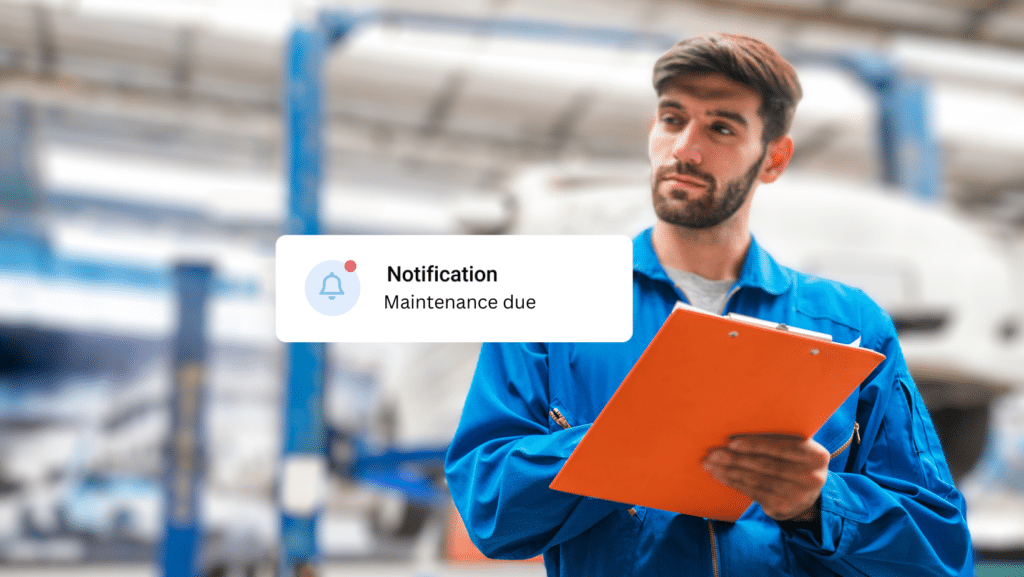
Embark Safety’s MVR Monitoring technology now offers a vehicle management component to easily track mileage, schedule routine maintenance, and assign drivers to vehicles. Contact us to learn more
Non-owned auto risk #3: Insurance coverage
Many employers may think that their employees are automatically protected by their personal auto insurance policies when they use their own vehicles for work. They’re basing this on the idea that insurance covers all situations with their vehicle, including work-related tasks. However, this isn’t always the case.
Personal auto insurance policies are typically designed to cover the personal use of vehicles. When a vehicle is used for business purposes, the coverage might be limited or might not apply at all. This means that if an employee gets into an accident while using their personal vehicle for work, their insurance policy might not provide the necessary coverage for property damage, medical expenses, or liability claims.
According to a CNBC article, “A handful of states only require vehicle policies to cover $15,000 or $20,000 in medical expenses per person in the case of an accident. Floridians aren’t required to buy medical liability coverage at all. That means even an average medical claim could be thousands more than what a policy covers. A particularly expensive accident could be financially crippling.”
Managing all three risks
Each time a vehicle is operated for work purposes, potential liability comes into play. Safety procedures should be consistent across all drivers, regardless of vehicle ownership. This includes conducting driver background checks, maintaining vehicles regularly, and providing necessary training.
MVR Monitoring allows employers to manage their entire fleet including non-owned drivers, CDL and non-CDL drivers. With this risk management platform, employers can easily pull driving records, monitor new violations and license status changes, keep track of medical certificates, manage documents like insurance coverage, manage vehicles, and more.
*We are not lawyers. Consult with your legal counsel to ensure your processes and procedures meet/ or exceed safety standards and compliance regulations. Please read our legal disclaimer.

